Home>Furniture & Design>Outdoor Furniture>How To Fill Large Outdoor Pots


Outdoor Furniture
How To Fill Large Outdoor Pots
Published: January 14, 2024
Learn how to fill large outdoor pots with the right outdoor furniture, furniture, and design to create a stunning outdoor space. Get expert tips and ideas!
(Many of the links in this article redirect to a specific reviewed product. Your purchase of these products through affiliate links helps to generate commission for Storables.com, at no extra cost. Learn more)
Choosing the Right Pot for Your Outdoor Space
When it comes to enhancing the beauty of your outdoor living area, selecting the right pots is crucial. The pots you choose not only serve as functional vessels for your plants but also contribute to the overall aesthetic of your outdoor space. Here are some key factors to consider when choosing the right pots for your outdoor area:
Size Matters
The size of the pot is a critical consideration. For larger outdoor spaces, such as expansive patios or spacious gardens, large pots make a bold statement. These substantial containers can accommodate a greater volume of soil, allowing for the cultivation of larger plants or multiple plant varieties within a single pot. When choosing the size of your pots, ensure they are proportionate to the surrounding space. Oversized pots can overwhelm a small patio, while tiny pots may get lost in a vast garden.
Material Selection
The material of the pot not only affects its appearance but also its durability and suitability for different climates. Terracotta pots exude a timeless, rustic charm and are ideal for Mediterranean or Tuscan-inspired outdoor settings. On the other hand, lightweight and weather-resistant materials such as fiberglass or resin are perfect for contemporary and modern outdoor spaces. Additionally, consider the weight of the pot; heavier materials like concrete or stone provide stability in windy conditions, while lighter materials offer ease of mobility.
Drainage and Insulation
Proper drainage is essential for the health of your plants. Look for pots with drainage holes to prevent waterlogging, which can lead to root rot. Additionally, consider the insulation properties of the pot material. In regions with extreme temperatures, pots made of materials that provide insulation, such as thick-walled ceramics or double-walled plastic, can help protect plant roots from temperature fluctuations.
Aesthetic Appeal
The aesthetic of the pots should harmonize with the overall design of your outdoor space. Whether you prefer sleek and modern designs, intricate patterns, or earthy textures, the pots you choose should complement the existing decor and landscaping. Consider the color of the pots as well; neutral tones can provide a timeless backdrop for a variety of plantings, while vibrant colors can add a playful or dramatic touch to your outdoor oasis.
By carefully considering the size, material, drainage, insulation, and aesthetic appeal of your outdoor pots, you can elevate the visual impact of your outdoor space while providing a nurturing environment for your plants. With the right pots, your outdoor area can become a captivating extension of your home, brimming with natural beauty and charm.
Key Takeaways:
- Choose the right pots, soil, and plants for your outdoor space to create a thriving and visually captivating container garden that enhances the beauty of your home.
- Regularly water, maintain, and care for your large outdoor pots to ensure the health and vitality of your plants, promoting a lush and vibrant container garden all year round.
Read more: How To Fill Large Gaps Around A Bathtub
Preparing the Pot for Planting
Before you begin planting in your large outdoor pots, it’s essential to prepare them properly to create an optimal environment for your plants’ growth. Proper preparation can help ensure that your plants thrive and flourish in their new home. Here’s a step-by-step guide to preparing your pots for planting:
Clean the Pot
Start by cleaning the pot to remove any dirt, debris, or mineral deposits that may have accumulated. Use a mild detergent and water to scrub the interior and exterior of the pot, ensuring that it is free from any potential contaminants that could affect the health of your plants.
Add a Layer of Drainage Material
Good drainage is crucial for the health of your plants. Place a layer of coarse gravel, broken pottery shards, or specialized potting mix for drainage at the bottom of the pot. This layer will help prevent water from pooling at the bottom of the pot, reducing the risk of root rot and other moisture-related issues.
Choose the Right Potting Mix
Select a high-quality potting mix that is suitable for the types of plants you intend to grow. Different plants have varying soil requirements, so it’s essential to choose a potting mix that provides the appropriate balance of nutrients, moisture retention, and aeration for your specific plant selections.
Read more: How To Fill Outdoor Planters
Consider Adding a Water-Storage Product
In regions where hot, dry weather is common, consider incorporating a water-storage product into the potting mix. These products, such as water-absorbing crystals or hydrogels, can help retain moisture in the soil, reducing the frequency of watering and providing a buffer against drought conditions.
Inspect and Prepare the Planting Area
Before adding the potting mix, inspect the planting area within the pot. Ensure that it is free from any obstructions or compacted soil that could impede root growth. Gently loosen the root ball of the plants you intend to add to the pot to encourage outward root growth once planted.
Position the Pot
Consider the placement of the pot within your outdoor space. Ensure that the pot will receive the appropriate amount of sunlight for the plants you intend to grow. Additionally, consider the pot’s positioning in relation to other elements in your outdoor area, such as seating areas or walkways.
By following these steps to prepare your pots for planting, you can create a nurturing environment that promotes the healthy growth of your plants. Proper preparation sets the stage for a thriving container garden, allowing you to enjoy the beauty of lush, vibrant plantings in your outdoor space.
Selecting the Right Plants for Large Outdoor Pots
Choosing the perfect plants for your large outdoor pots is a delightful opportunity to infuse color, texture, and life into your outdoor living space. Whether you’re aiming to create a lush oasis of greenery, a vibrant floral display, or a combination of both, selecting the right plants is essential for achieving a stunning and thriving container garden. Here are some key considerations to keep in mind when choosing plants for your large outdoor pots:
Read more: How To Paint Outdoor Pots
Climate Compatibility
First and foremost, consider the climate in which you live. Different plants thrive in varying environmental conditions, so it’s important to select plants that are well-suited to your local climate. Take note of the average sunlight exposure, temperature ranges, and seasonal variations in your area to ensure that the plants you choose will thrive in your outdoor pots.
Size and Growth Habit
When selecting plants for large outdoor pots, consider the mature size and growth habit of each plant. Choose plants that will not outgrow their container too quickly, as frequent repotting may disrupt their growth and flowering patterns. Additionally, consider the overall shape and structure of the plants to create visually appealing arrangements within the pots.
Complementary Colors and Textures
Creating visually captivating combinations of plants involves considering the colors and textures of the foliage and blooms. Experiment with complementary or contrasting colors to achieve eye-catching displays. Incorporate a mix of foliage plants, flowering plants, and trailing varieties to add depth and dimension to your container garden.
Seasonal Variations
For year-round interest, select a combination of plants that offer seasonal variations in color, texture, and flowering patterns. Incorporate evergreen plants for structure and stability, and introduce seasonal flowering plants to provide bursts of color throughout the year. By planning for seasonal changes, you can ensure that your outdoor pots remain visually engaging in every season.
Read more: How To Make Large Outdoor Ornaments
Maintenance Requirements
Consider the maintenance needs of the plants you choose. Select varieties that align with your available time and willingness to care for them. Some plants may require regular deadheading, pruning, or fertilizing, while others are more low-maintenance and resilient. By choosing plants that suit your maintenance preferences, you can enjoy a thriving container garden with minimal effort.
By carefully considering climate compatibility, size and growth habit, complementary colors and textures, seasonal variations, and maintenance requirements, you can curate a stunning selection of plants for your large outdoor pots. With the right plant choices, your outdoor space will be transformed into a captivating and vibrant sanctuary, brimming with natural beauty and charm.
Filling the Pot with Soil
Properly filling your large outdoor pots with soil is a crucial step in creating a healthy and supportive environment for your plants’ growth. The soil provides essential nutrients, stability, and moisture retention, laying the foundation for thriving plantings. Here’s a comprehensive guide to filling your pots with soil:
Choose the Right Potting Mix
Start by selecting a high-quality potting mix that is well-suited for the types of plants you plan to grow. Consider the specific requirements of your plant selections, such as moisture retention, aeration, and nutrient content. Opt for a potting mix that provides the ideal balance of these elements to support healthy plant growth.
Layer the Potting Mix
Begin filling the pot with the selected potting mix, layering it evenly to provide a consistent foundation for your plants. Avoid compacting the soil excessively as you fill the pot, as this can impede root growth and water penetration. Fill the pot to a level that allows ample space for planting and watering, leaving a gap between the soil surface and the rim of the pot.
Read also: 13 Amazing Large Steamer Pot for 2025
Consider Soil Amendments
Depending on the specific needs of your plants, consider incorporating soil amendments into the potting mix. For example, if you are planting flowering annuals, adding a slow-release fertilizer to the soil can provide a steady supply of nutrients throughout the growing season. Additionally, organic matter such as compost or well-rotted manure can enhance the soil structure and fertility.
Address Planting Depth
As you fill the pot with soil, consider the planting depth required for each plant variety. Different plants have varying root depths, so it’s important to ensure that the soil level within the pot allows ample room for the roots to establish and grow. Avoid planting too deeply or too shallowly, as improper planting depth can hinder the plants’ development.
Ensure Even Distribution
Throughout the filling process, ensure that the potting mix is evenly distributed within the pot. Gently firm the soil as you fill the pot to remove air pockets and create a stable planting environment. Pay attention to the soil level, ensuring that it remains consistent across the entire pot to provide uniform support for your plants.
Water the Soil
After filling the pot with soil, water the soil thoroughly to settle it and ensure proper hydration. Allow any excess water to drain from the pot, and assess the soil level to determine if additional soil is needed to maintain the appropriate planting depth.
By following these steps to fill your large outdoor pots with soil, you can establish a nurturing foundation for your plants, promoting healthy growth and vitality. With the right soil preparation, your container garden will flourish, bringing natural beauty and vibrancy to your outdoor space.
Read more: How To Pot Artificial Plants Outdoor
Watering and Maintaining Large Outdoor Pots
Proper watering and maintenance are essential for the health and vitality of plants in large outdoor pots. By implementing effective watering practices and regular maintenance routines, you can ensure that your container garden thrives and flourishes throughout the seasons. Here’s a comprehensive guide to watering and maintaining large outdoor pots:
Monitor Soil Moisture
Regularly monitor the moisture level of the soil in your outdoor pots. Use a moisture meter or simply insert your finger into the soil to assess its moisture content. Water the pots when the top inch of the soil feels dry to the touch, ensuring that the entire root zone receives adequate moisture without becoming waterlogged.
Establish a Watering Schedule
Establish a consistent watering schedule based on the specific needs of the plants in your outdoor pots. Consider factors such as the plant varieties, local climate, and seasonal variations. During hot and dry periods, plants may require more frequent watering, while cooler and wetter conditions may necessitate less frequent irrigation.
Implement Proper Drainage
Ensure that your large outdoor pots have adequate drainage to prevent water from accumulating at the bottom of the containers. Elevate the pots slightly using pot feet or bricks to allow excess water to drain freely. Additionally, use pots with drainage holes to facilitate the removal of excess water, reducing the risk of waterlogging and root rot.
Read more: How To Plant Outdoor Plants In Pots
Apply Mulch and Topdressing
Consider applying a layer of organic mulch or topdressing to the soil surface in your outdoor pots. Mulch helps conserve soil moisture, regulates soil temperature, and suppresses weed growth. Additionally, it adds a decorative touch to the pots while providing functional benefits for the plants’ health.
Prune and Deadhead Regularly
Regularly prune and deadhead the plants in your outdoor pots to promote healthy growth and flowering. Remove spent blooms, yellowing foliage, and overgrown stems to encourage new growth and maintain the plants’ aesthetic appeal. Pruning also helps improve air circulation and reduces the risk of disease and pest infestations.
Feed and Fertilize as Needed
Monitor the nutrient levels of the soil in your outdoor pots and feed the plants as needed. Depending on the plant varieties and the potting mix used, periodic fertilization may be necessary to replenish essential nutrients. Choose a fertilizer formulation that aligns with the specific nutritional requirements of your plants.
Inspect for Pests and Diseases
Regularly inspect the plants and soil in your outdoor pots for signs of pests, diseases, or nutrient deficiencies. Address any issues promptly to prevent the spread of problems and maintain the overall health of your container garden. Consider using organic pest control methods to minimize environmental impact.
By implementing a consistent watering schedule, promoting proper drainage, applying mulch, pruning and deadheading, feeding and fertilizing, and monitoring for pests and diseases, you can effectively maintain the health and beauty of your large outdoor pots. With attentive care and maintenance, your container garden will thrive, providing a captivating display of natural splendor in your outdoor living space.
Frequently Asked Questions about How To Fill Large Outdoor Pots
Was this page helpful?
At Storables.com, we guarantee accurate and reliable information. Our content, validated by Expert Board Contributors, is crafted following stringent Editorial Policies. We're committed to providing you with well-researched, expert-backed insights for all your informational needs.
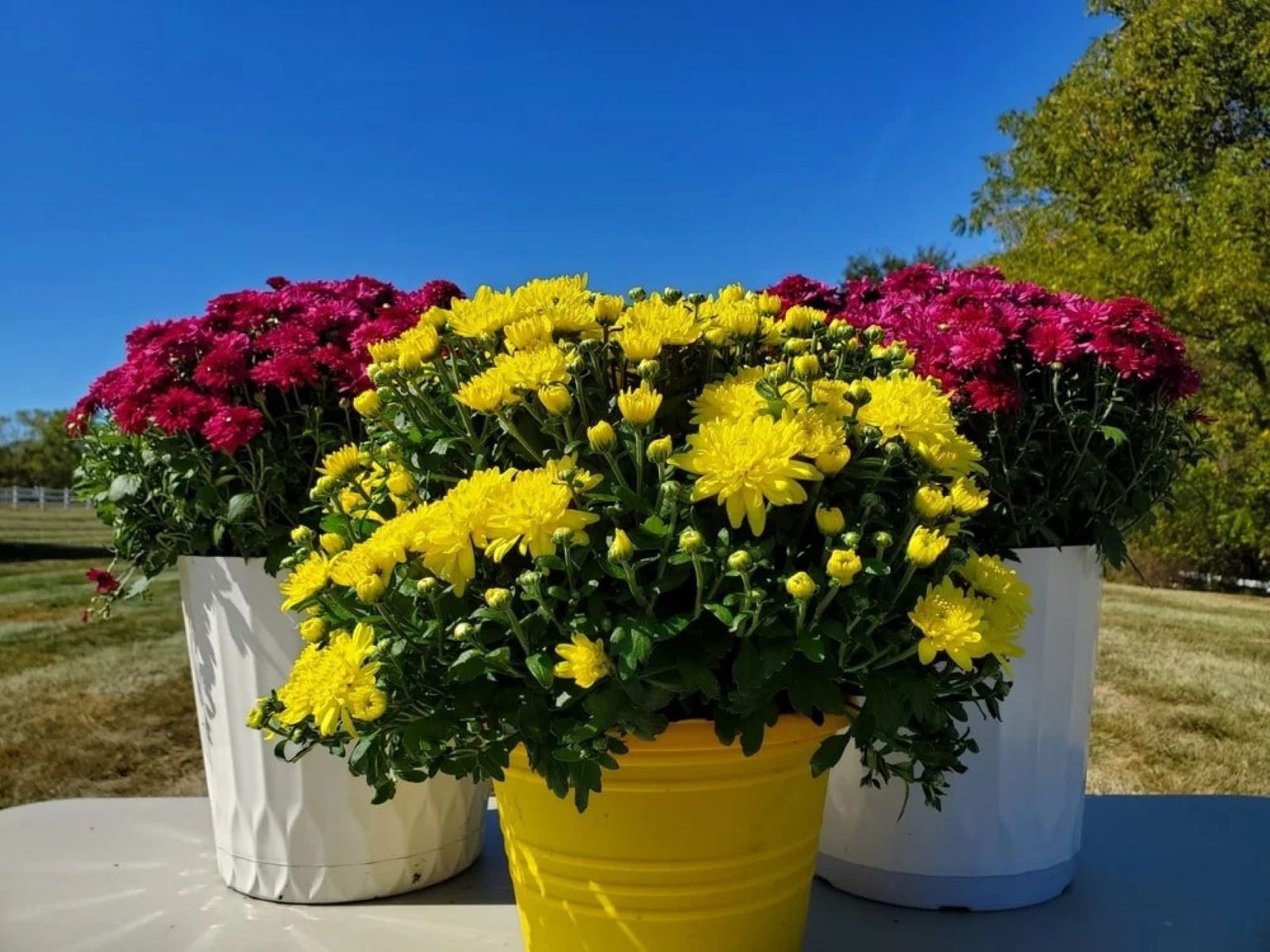
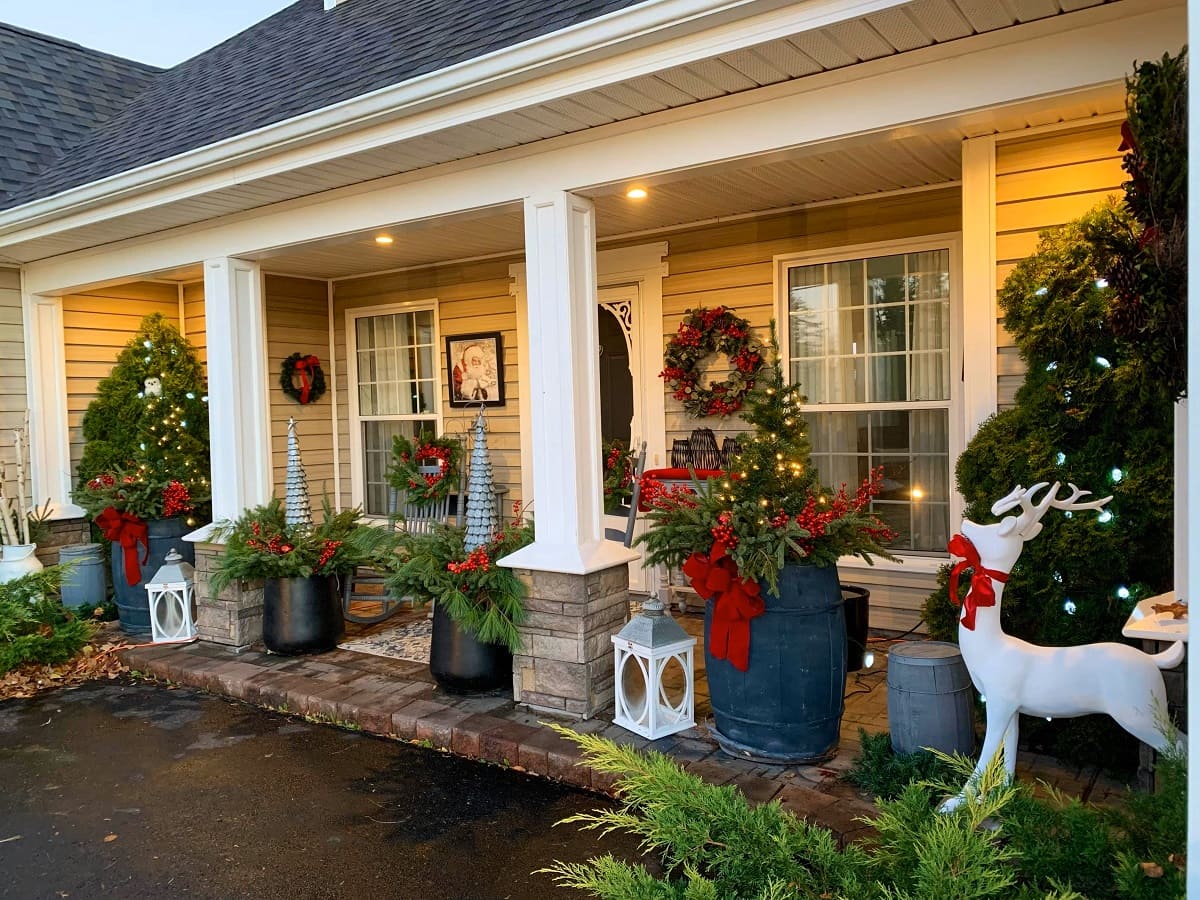
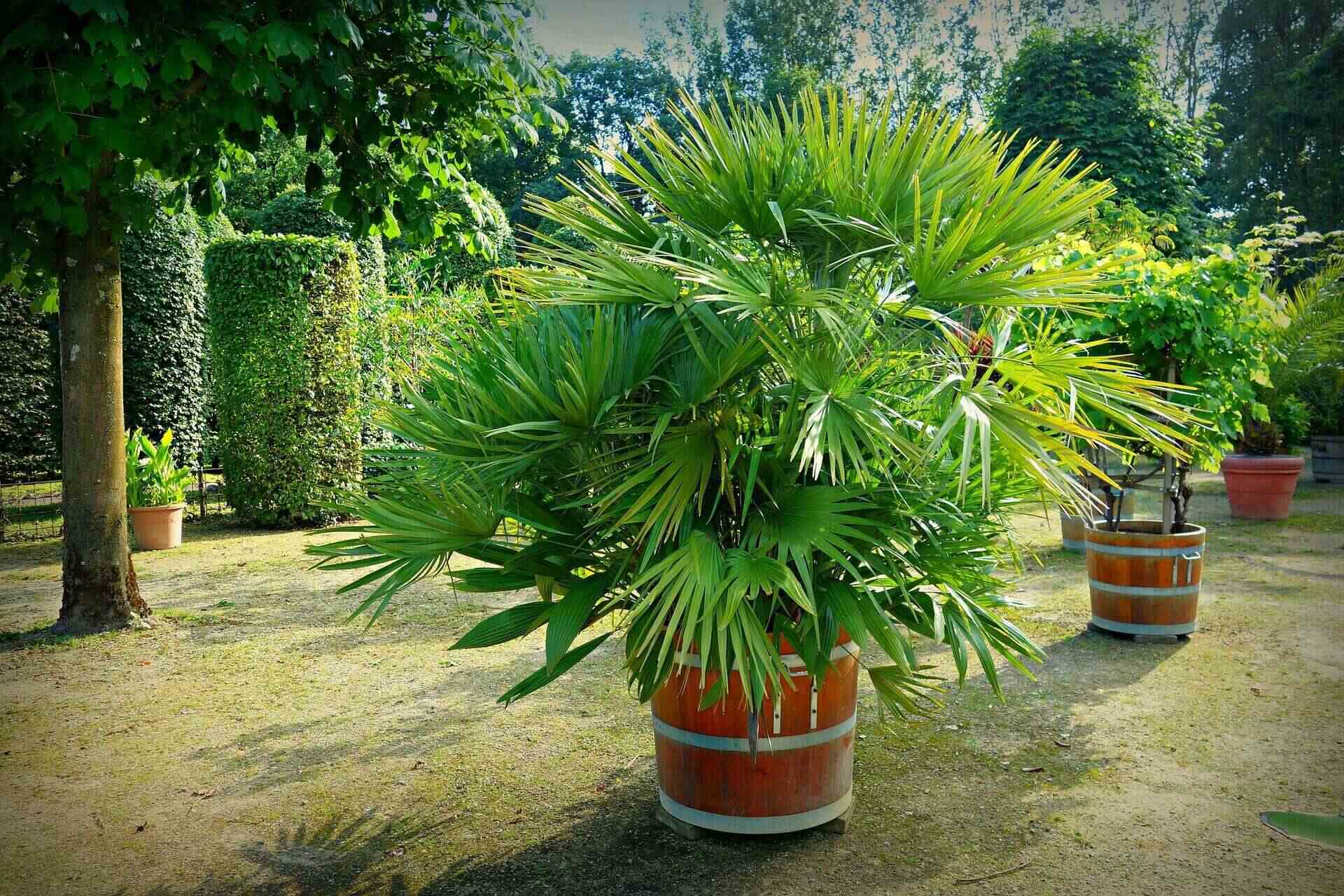
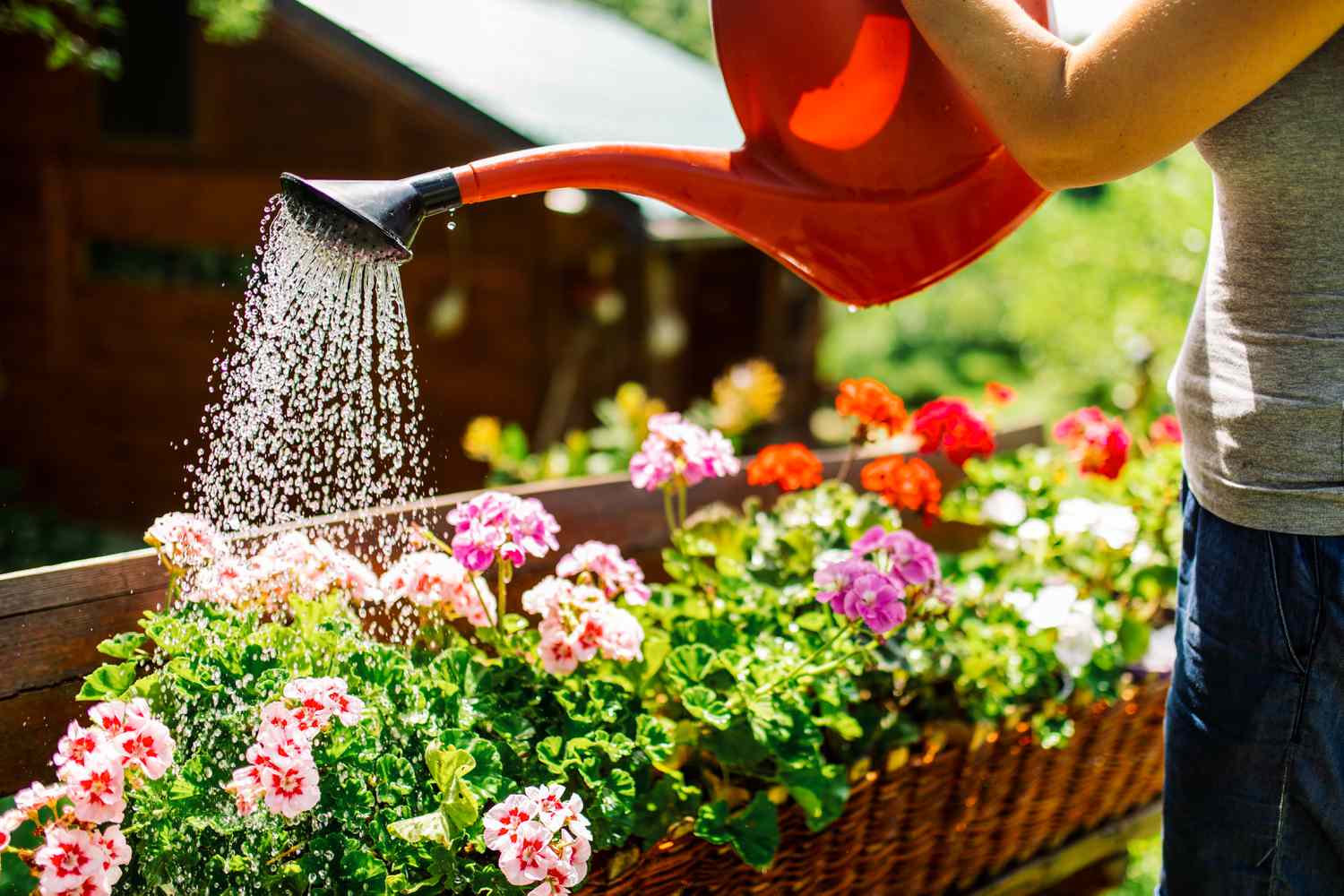
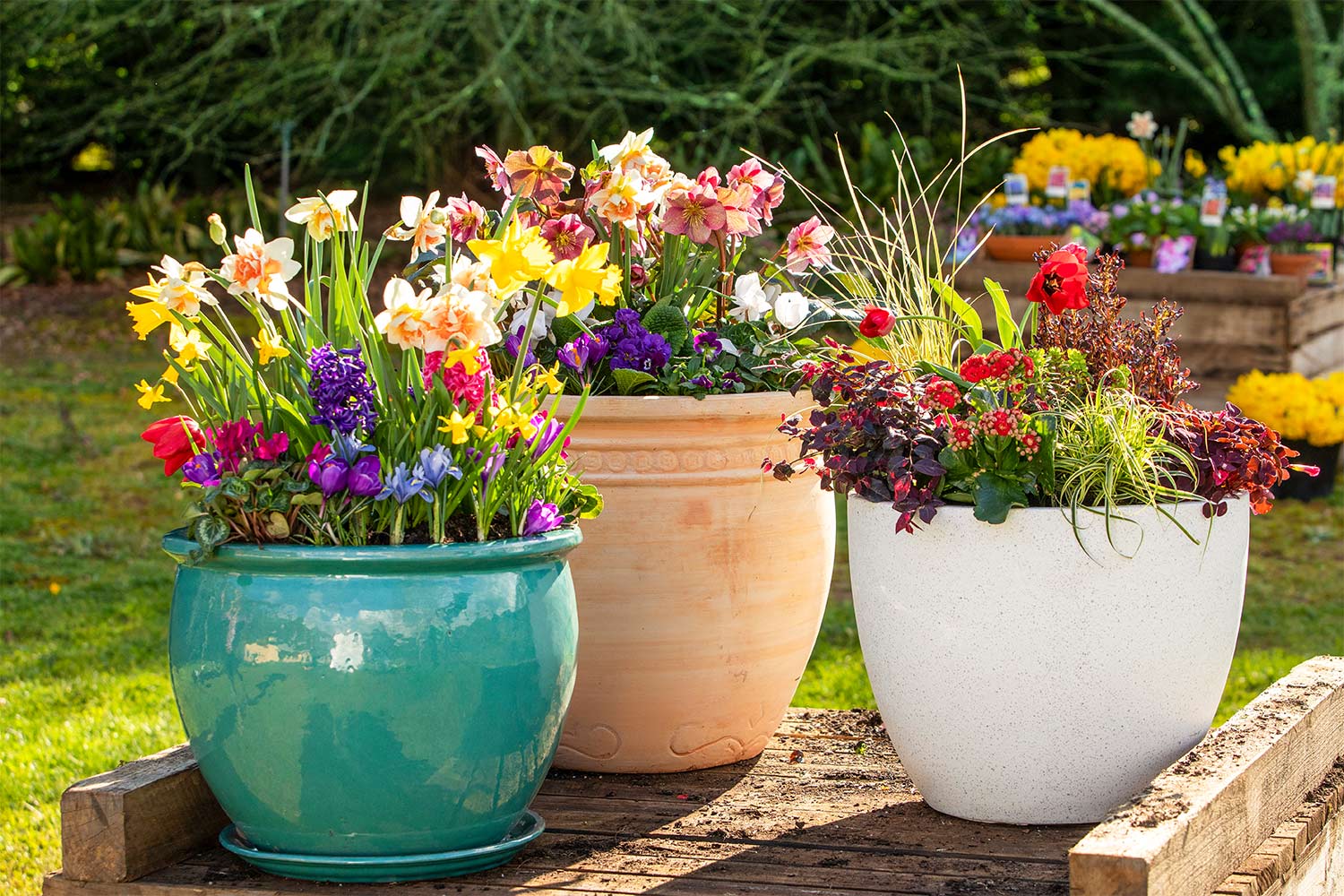
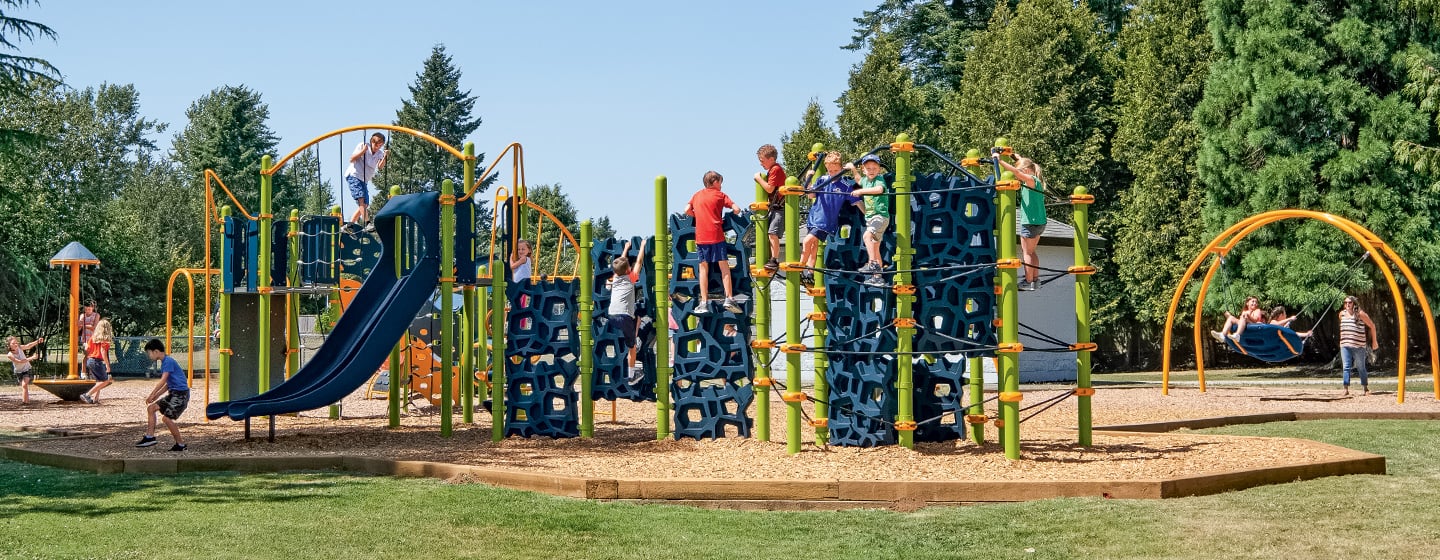
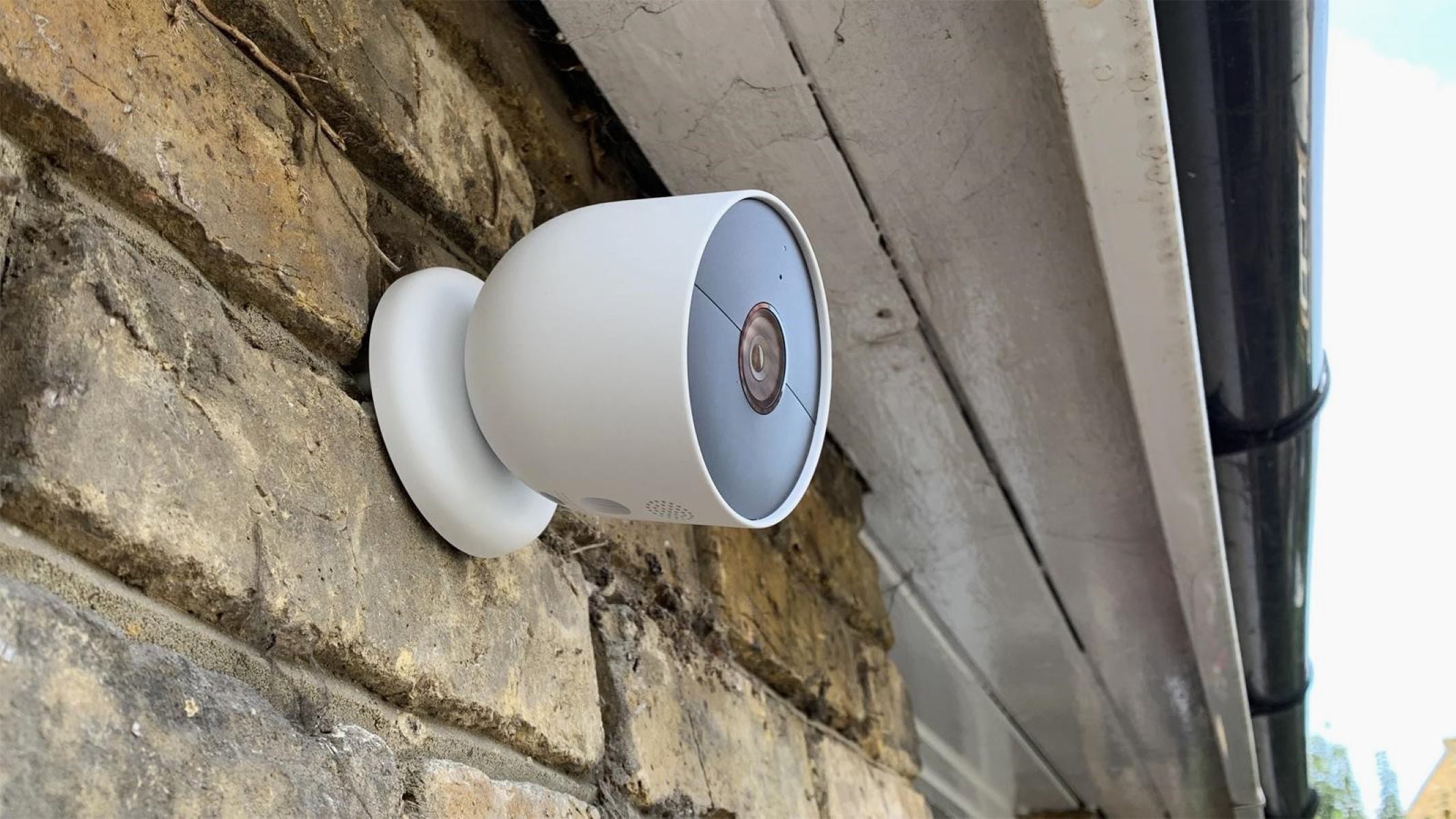
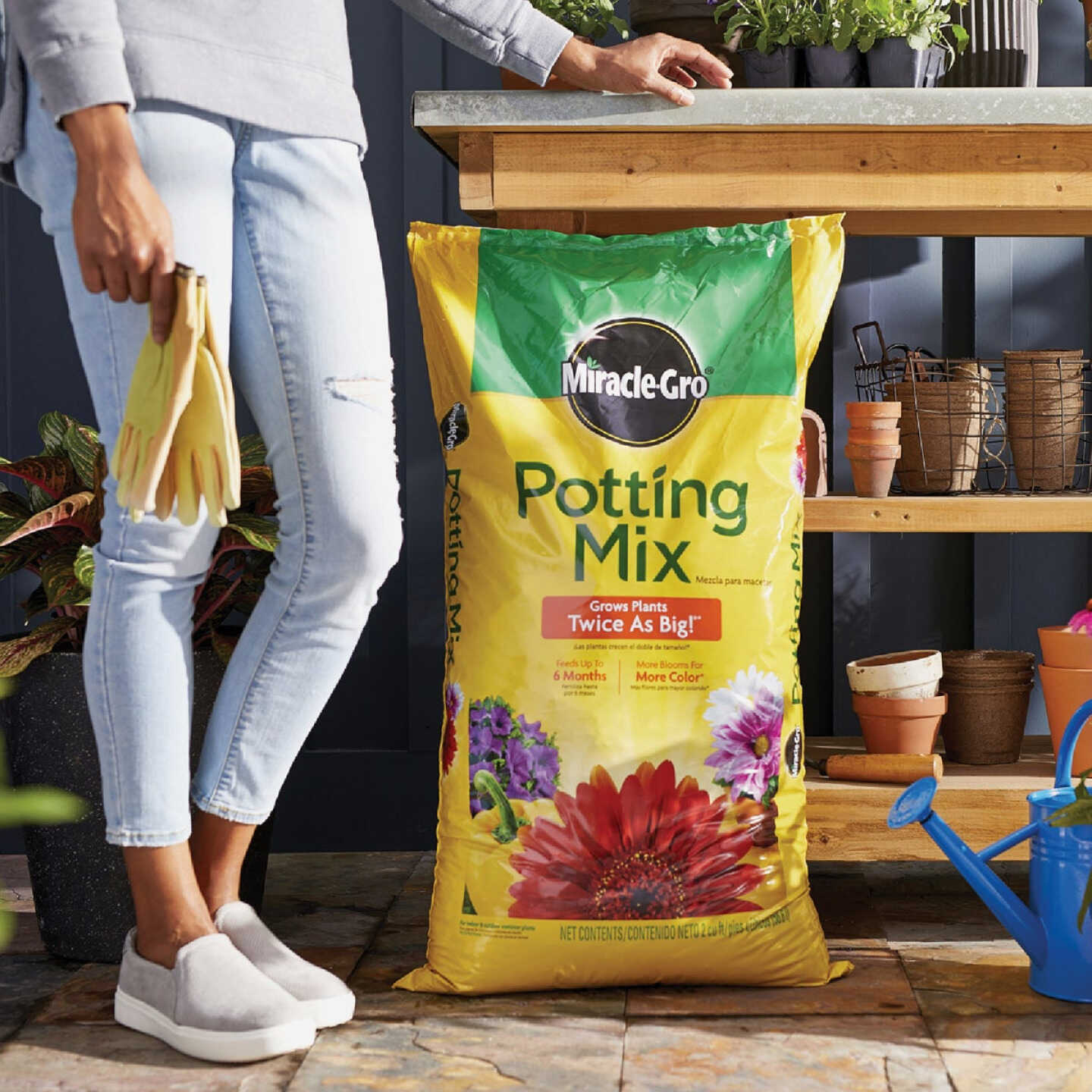

0 thoughts on “How To Fill Large Outdoor Pots”